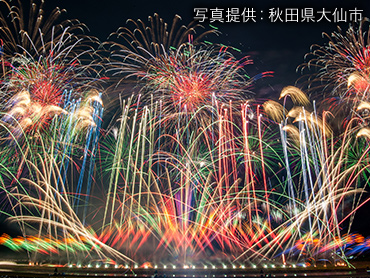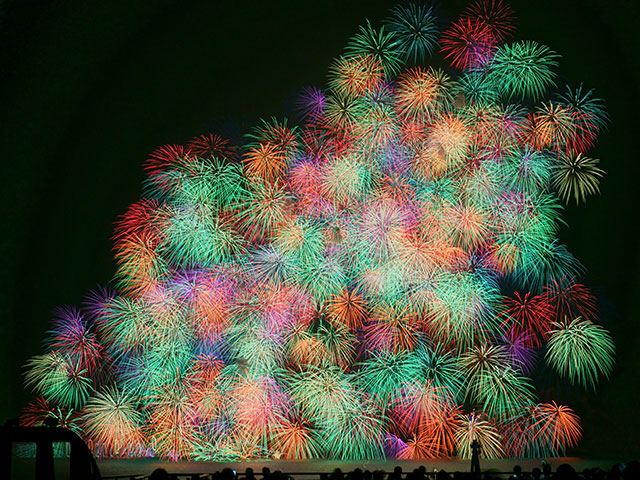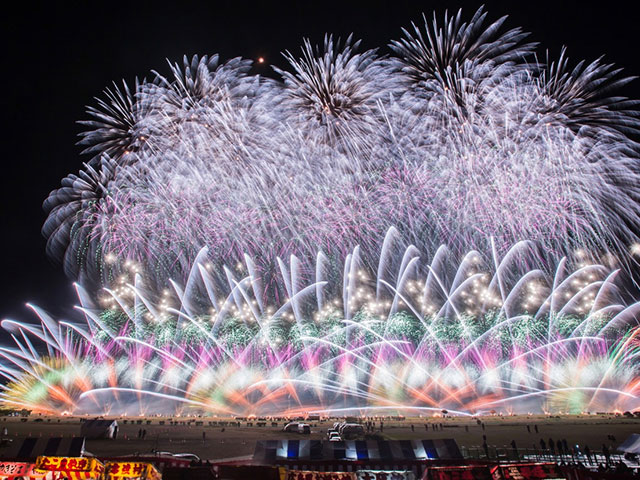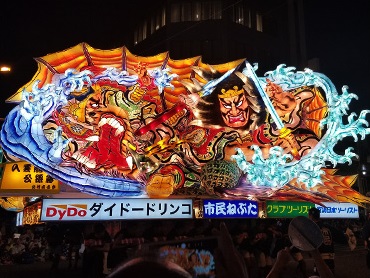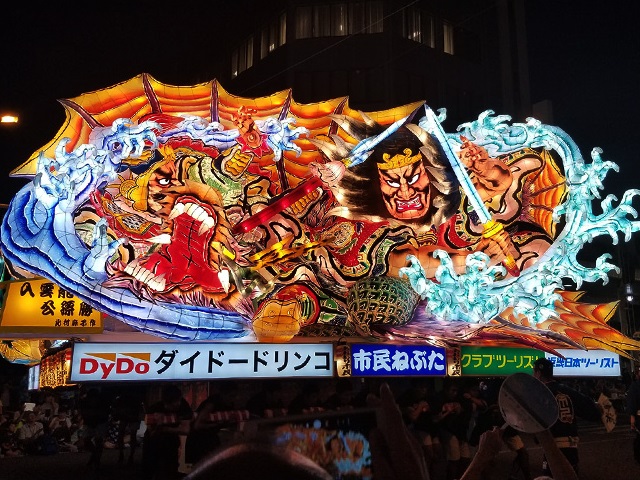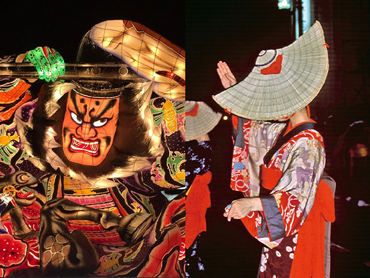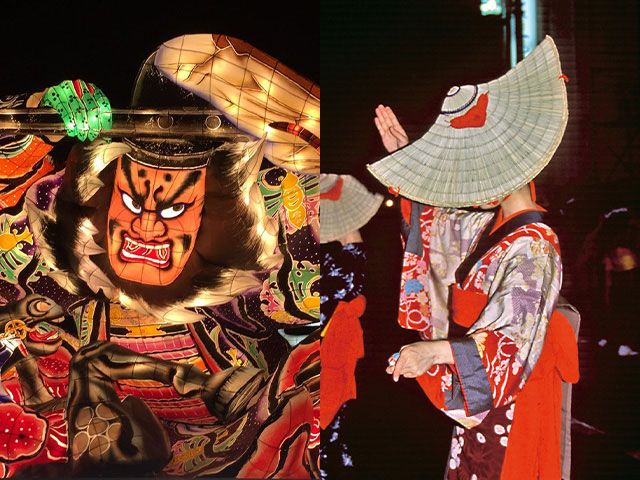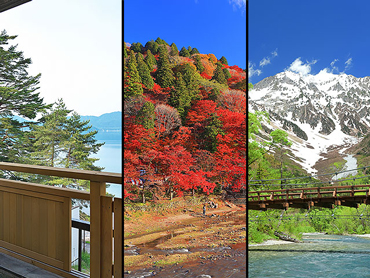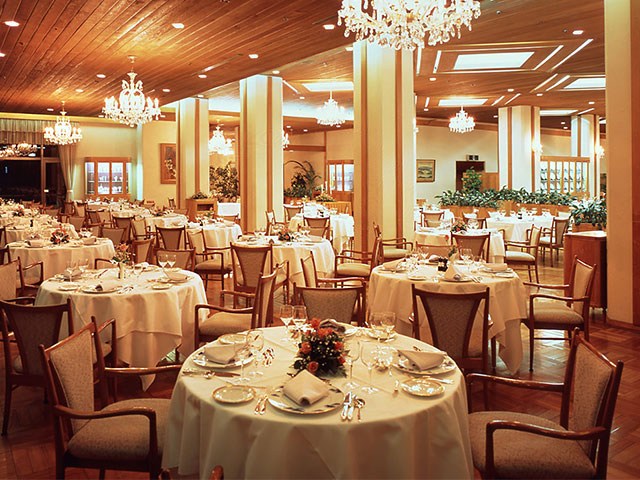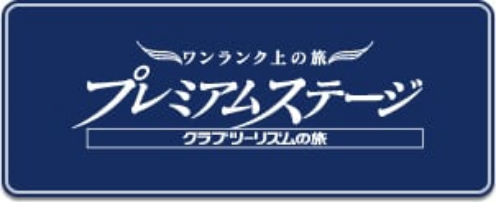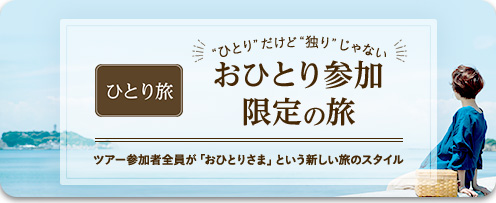Awa Odori Tours and Travel
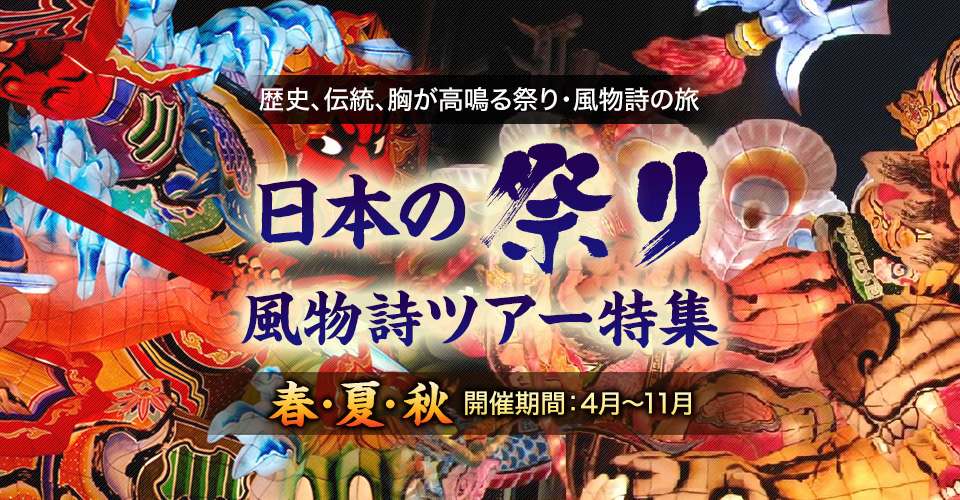
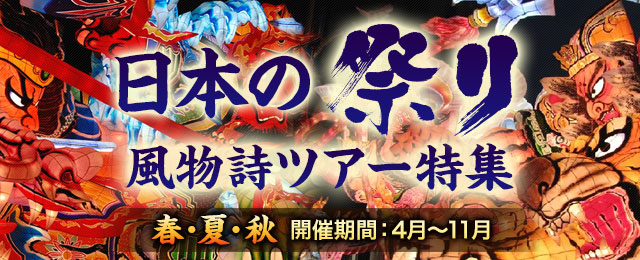
Join Club Tourism for Festival Tours from April to November in 2024! With a tour conductor, you'll be well supported! We offer recommended tours to festivals across the country. It's easy to search and book tours.
Awa Dance

Don't dance!
Head to Tokushima for excitement and passion!
It is one of the "Three Great Bon Odori Festivals in Japan" and "Three Great Folk Songs in Japan." It has a history of about 400 years and is held in cities, towns and villages throughout Tokushima Prefecture.
Among them, the Awa Odori dance in Tokushima City is the largest and most famous in the prefecture, and is counted as one of the "Three Great Festivals Shikoku."
Additionally, the Awa Odori festivals in Tokushima, Koenji, and Minami Koshigaya are considered to be the "Three Great Awa Odori Festivals of Japan."
The basic style of Awa Odori is for a group of dancers ("ren") to dance to the accompaniment of two-beat instruments such as shamisen, drums, gongs, and flutes. Women should dance gracefully, while men should dance energetically with their hips lowered.
They are known for the song "Yoshiko no Bushi," which goes, "Great work, great work, Yoi yoi yoi yoi, a fool dancing and a fool watching, if you're both fools you might as well dance...", but this "Yoshiko no Bushi" is not used much by anyone other than the major, famous groups, and the call "Yattosar, yattosar yattosar yattosar" is more commonly used.
The male and female dances are very different in appearance and style.
There are two types of "male dance" - "Hanten Dance" where the dancers wear happi coats, and "Yukata Dance" where the dancers wear men's yukata loosely. The dance movements are large, sometimes courageous, and sometimes comical. They often dance using fans and hand towels. On the other hand, "female dance" is characterized by women's yukata with a net hat pulled down low over their heads, heavy makeup, and geta sandals instead of zori sandals. It is considered good to dance in a seductive and elegant manner.
It looks different from a normal yukata because it is made up of a juban, a hem guard, and hand guards, and a black satin half-width obi. For children, boys are allowed to dance the male dance, and girls are allowed to dance either the male or female dance.
The enthusiastic summer festival in Shikoku is known for its theme of "Fools dancing, fools watching."
Let's have fun by becoming a "fool who watches" and a "fool who dances"!
Festivals in Shikoku area
Search from Other areas
Customer Co-Creation Activities
Latest Tours and Information
Club Tourism Travel Brand
Overseas Travel
Club Tourism Internet Membership Information
-
A wide range of services exclusively available to members
-
Search for trips anytime, anywhere!
-
Be the first to know about the best seasonal travel deals!



